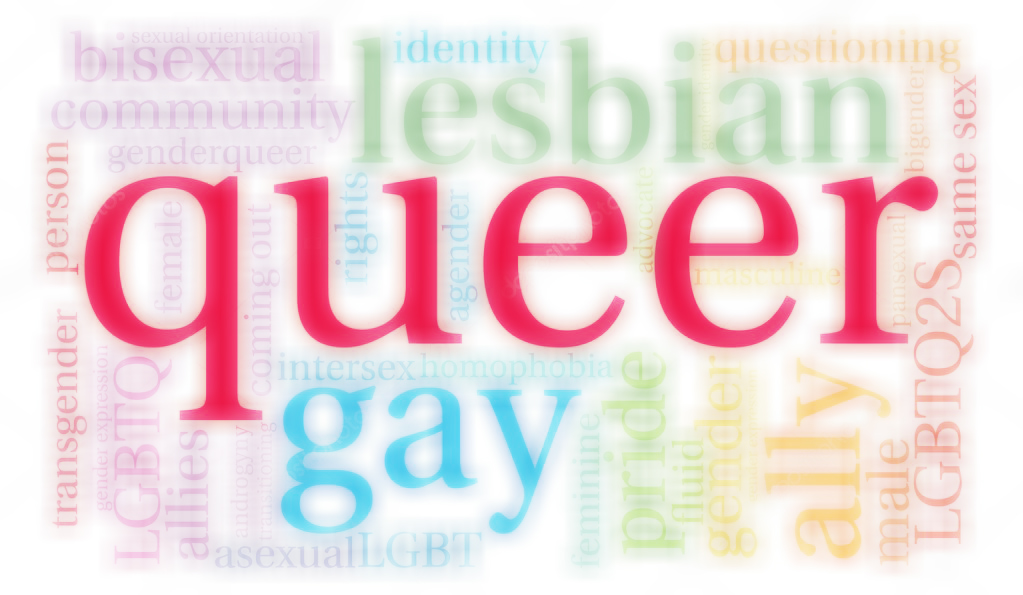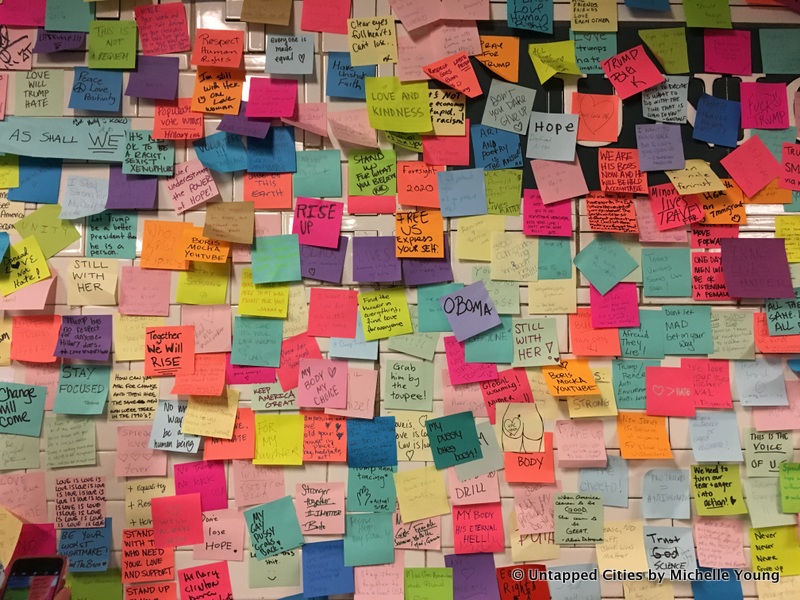Queer Theories and Education
This group was comprised of four students, LaShawnda Brooks, Erin Waddles, Michaela Ward, and Amiri Banks, who were interested in applying queer theory to educational praxis, within and beyond the classroom. They conducted class for two weeks, with the first class including a reflection and discussion of readings. They invited community members representing different queer positionalities and praxes for the second class.
Podcast
Hosted by LaShawnda, Erin, Amiri, and Michaela, this episode features two conversations with queer folx. In conversation with working group members, the guests explore queer theory and its applications to everyday life in Philadelphia. What are the limits and value of queer theory language? How do contexts like work and school shape what we desire from others and for ourselves? The guests offer a critical and personal reflection on struggle, space, and culture practice of queerness.
Week 1 Syllabus
Required Readings
“Queer Theory.” (2016). Sage Encyclopedia of LGBTQ Studies
C. Riley Snorton. (2014). Nobody is Supposed to Know: Black Sexuality on the Down Low. “Introduction”
Kevin Kumashiro. (2002). Troubling Education: Queer Activism and Anti-Oppressive Pedagogy. “Introduction”
Supplemental Readings
Kevin Kumashiro. (2002). Troubling Education: Queer Activism and Anti-Oppressive Pedagogy. “Chapter 2: Theories and Practices of Anti-oppressive Education”
Judith Butler on Gender
Week 2 Syllabus
Required Readings
-Cathy Cohen. (1997). “Punks, Bulldaggers, and Welfare Queens: The Radical Potential of Queer Politics?” GLQ: A Journal of Lesbian & Gay Studies, 3(4): 437-465.
Michael Hames-Garcia. (2011). Queer Theory Revisited.
Audre Lorde. (1985). I Am Your Sister: Black Women Organizing Across Sexualities.
NPR Ed. (2018). “The Education Department Says it Won’t Act on Transgender Student Bathroom Access.” https://www.npr.org/sections/ed/2018/02/12/585181704/the-education-department-says-it-wont-act-on-transgender-student-bathroom-access
Website: National Center for Transgender Equality. “Know Your Rights.” https://transequality.org/know-your-rights/schools
Supplemental readings
Darla Linville. (2017). “Introduction: Queering Education.” Occasional Paper Series, 2017 (37). Retrieved from https://educate.bankstreet.edu/occasional-paper-series/vol2017/iss37/1
Eric Darnell Pritchard. (2013). “For Colored Kids Who Committed Suicide, Our Outrage Isn’t Enough: Queer Youth of Color, Bullying, and the Discursive Limits of Identity and Safety.” Harvard Education Review, 83(2): 320-345.
Hetrick-Martin Institute 35 Year Anniversary
Week 1: Theory and Its Implications
Opening Activity
This class session began with two live polls. They posed the following questions:
1. What associations does “queer theory” bring up?
2. When did you first hear of queer studies?
Undergrad
Outside of school
When I did these readings
Elementary school
Middle school
High school
Responses to the first question were presented as a word cloud. Responses to the second question were recorded in a bar graph.
Community Agreements and key terms
The working group devised an activity to build a set of community agreements and a collective vocabulary to work with throughout the inquiry. On post-it notes, the class write community agreements for our conversation, then placed on the board. As a class we reviewed them, interrogated each suggestions’ meaning and politics, and consented to carrying ourselves accordingly.
Following, in beak-out groups, we brainstorm key terms from the readings, which were written on the board. Then we wrote our individual understandings of these terms and posted them beneath the terms. We synthesized these as a group.
Reflection
Similar to previous weeks, time was set aside for us to journal quietly or reflect with a partner on the following experiences:
What is your understanding still lacking?
Did the readings cause you to “trouble your own identities”?
How does Queer Theory challenge or parallel other social movements that we have focused on in class?
Activity
To explore queer theory’s possible applications for schooling, the working group created an activity called “Queering the School” which asked teams to design a queered school.
Week 2: Application and Embodied Practice
Panel Discussion
For week two’s class session, the working group invited four identifying speakers to share their activist practice. This occurred in an open-discussion format moderated by the working group.










